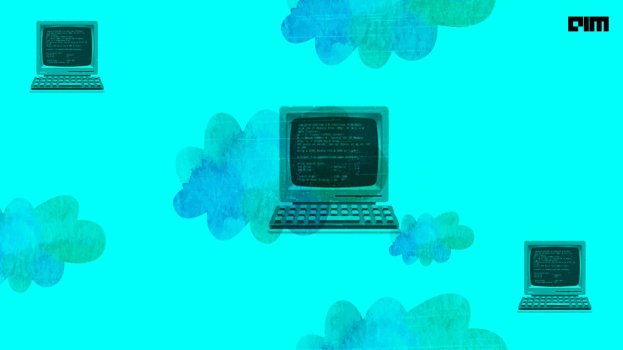K
Kathleen Martin
Guest
A Statista study shows that the number of IoT devices connected worldwide reached 10.07 billion in 2021, which is estimated to grow to over 25 billion by the end of the year 2025. Such a large amount of devices in constant communication would require huge amounts of data that is quick to process and yet sustainable. Cloud computing and fog cloud computing techniques have been traditionally used for IoT solutions. However, this trend is changing with the introduction of edge computing. Will cloud and fog computing methodologies eventually lose against edge computing?
Cloud computing: The global staple
Cloud computing is the process of delivering on-demand services or resources over the internet that allows users to gain seamless access to resources from remote locations without expending any additional time, cost or workforce. Switching from building in-house data centres to cloud computing helps the company reduce its investment and maintenance costs considerably.
The key benefits of cloud computing are:
Fog computing: faster but smaller
Fog computing is a type of computing architecture that utilises a series of nodes to receive and process data from IoT devices in real-time. It is a decentralised infrastructure that provides access to the entry points of various service providers to compute, store, transmit and process data over a networking area. This method significantly improves the efficiency of the process as the time utilised in the transmission and processing of data is reduced. In addition, the implementation of protocol gateways ensures that the data is secure.
Some of the advantages of fog computing are:
Edge computing: the underdog
Cloud or fog data prove to be unreliable when dealing with applications that require instantaneous responses with tightly managed latency. Edge computing deals with processing persistent data situated near the data source in a region considered the ‘edge’ of the apparatus.
Continue reading: https://analyticsindiamag.com/cloud-computing-vs-fog-computing-vs-edge-computing-the-future-of-iot/
Cloud computing: The global staple
Cloud computing is the process of delivering on-demand services or resources over the internet that allows users to gain seamless access to resources from remote locations without expending any additional time, cost or workforce. Switching from building in-house data centres to cloud computing helps the company reduce its investment and maintenance costs considerably.
The key benefits of cloud computing are:
- Cost efficiency – A significant reduction in operational costs.
- Resource integration – Many users can use the same resource in real-time.
- Upscaling – Companies can commence projects at a minuscule level and expand during the course of the project.
Fog computing: faster but smaller
Fog computing is a type of computing architecture that utilises a series of nodes to receive and process data from IoT devices in real-time. It is a decentralised infrastructure that provides access to the entry points of various service providers to compute, store, transmit and process data over a networking area. This method significantly improves the efficiency of the process as the time utilised in the transmission and processing of data is reduced. In addition, the implementation of protocol gateways ensures that the data is secure.
Some of the advantages of fog computing are:
- Latency – Low latency ensures seamless processing of data in real-time.
- Integration – Multiple nodes of data transmission as well as IoT devices can be operated.
- Mobility – Fog computing supports the mobility of IoT devices to a certain extent.
- Privacy – User’s sensitive data can be analysed locally instead of sending it to the centralised cloud infrastructure.
Edge computing: the underdog
Cloud or fog data prove to be unreliable when dealing with applications that require instantaneous responses with tightly managed latency. Edge computing deals with processing persistent data situated near the data source in a region considered the ‘edge’ of the apparatus.
Continue reading: https://analyticsindiamag.com/cloud-computing-vs-fog-computing-vs-edge-computing-the-future-of-iot/

